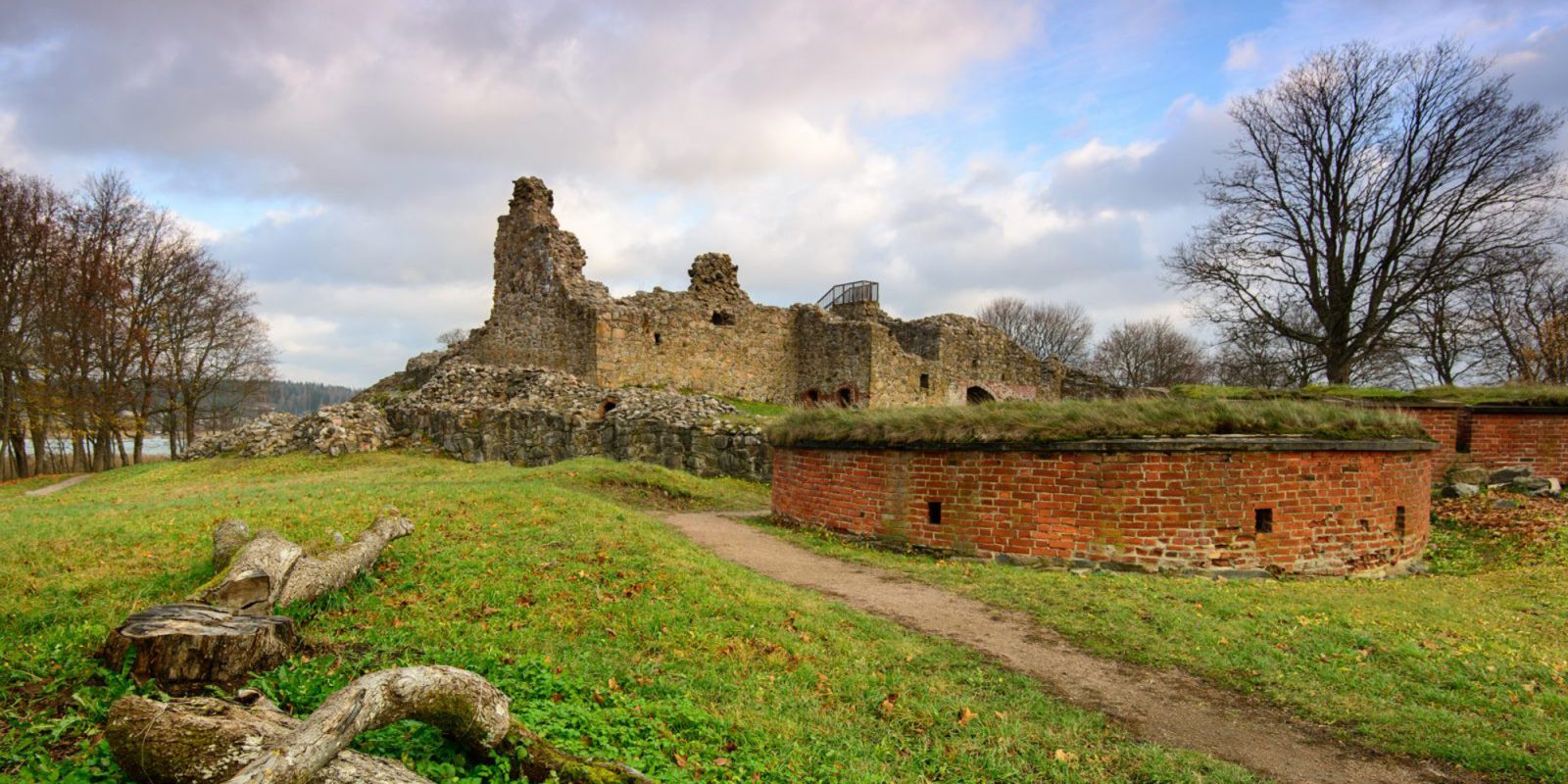
Archaeological cultural heritage
Archaeological cultural heritage refers to any relics, structures, deposits and discoveries preserved on land or in water, created through human activities during the prehistoric or historical periods. These are primarily studied by using archaeological methods. The main study methods include site reviews, inventories and archaeological excavations. The research reports compiled and archaeological collections discovered during fieldwork form the basis on which all of our archaeological knowledge is built.
Stationary relics are a key part of our archaeological cultural heritage, and they are protected under the Antiquities Act as reminders of the earlier inhabitants of Finland. Archaeological cultural heritage also includes structures and locations that are not, according to the Finnish Heritage Agency, considered stationary relics as defined in the Antiquities Act, but whose preservation is deemed justifiable due to their historical importance and cultural heritage values. Proposals for the preservation of such cultural heritage entities may be made through town planning, for example.
The Finnish Heritage Agency is responsible for safeguarding the archaeological cultural heritage in Finland, together with the provincial museums.
From the Stone Age to the modern day
The archaeological research methods are not time-dependent. Archaeologists may study Stone Age dwelling sites abandoned thousands of years ago equally well as landfills that are still in use. Archaeological sites are often divided into prehistoric and historical sites, based on dating. The prehistoric period begins when people arrive in Finland after the Ice Age, approximately 12,000 years ago, and ends with the first historical records at the start of the Middle Ages. Traditionally, the historical period is considered to have started in western Finland in the 12th century, in eastern Finland in the 14th century, and in the northern parts even later.
Period-specific groups and eras can be identified in archaeological material by comparing artefacts and regional phenomena. When arranged chronologically on a timeline, they represent relative chronologies, i.e. whether an object is older or younger than another object. The dating methods of natural sciences, radiocarbon dating and dendrochronology, in particular, provide dating information that has enabled the accurate dating of periods and therefore also the creation of absolute chronologies, expressed in years. Written sources from the historical period are an important means of dating artefacts and other entities. The division of archaeological periods varies greatly in different parts of Finland. The amount of knowledge also increases with new research.
Archaeological entities
Archaeological sites include all structural remains and cultural deposits that illustrate human activities. Archaeological sites are categorised according to their purpose.
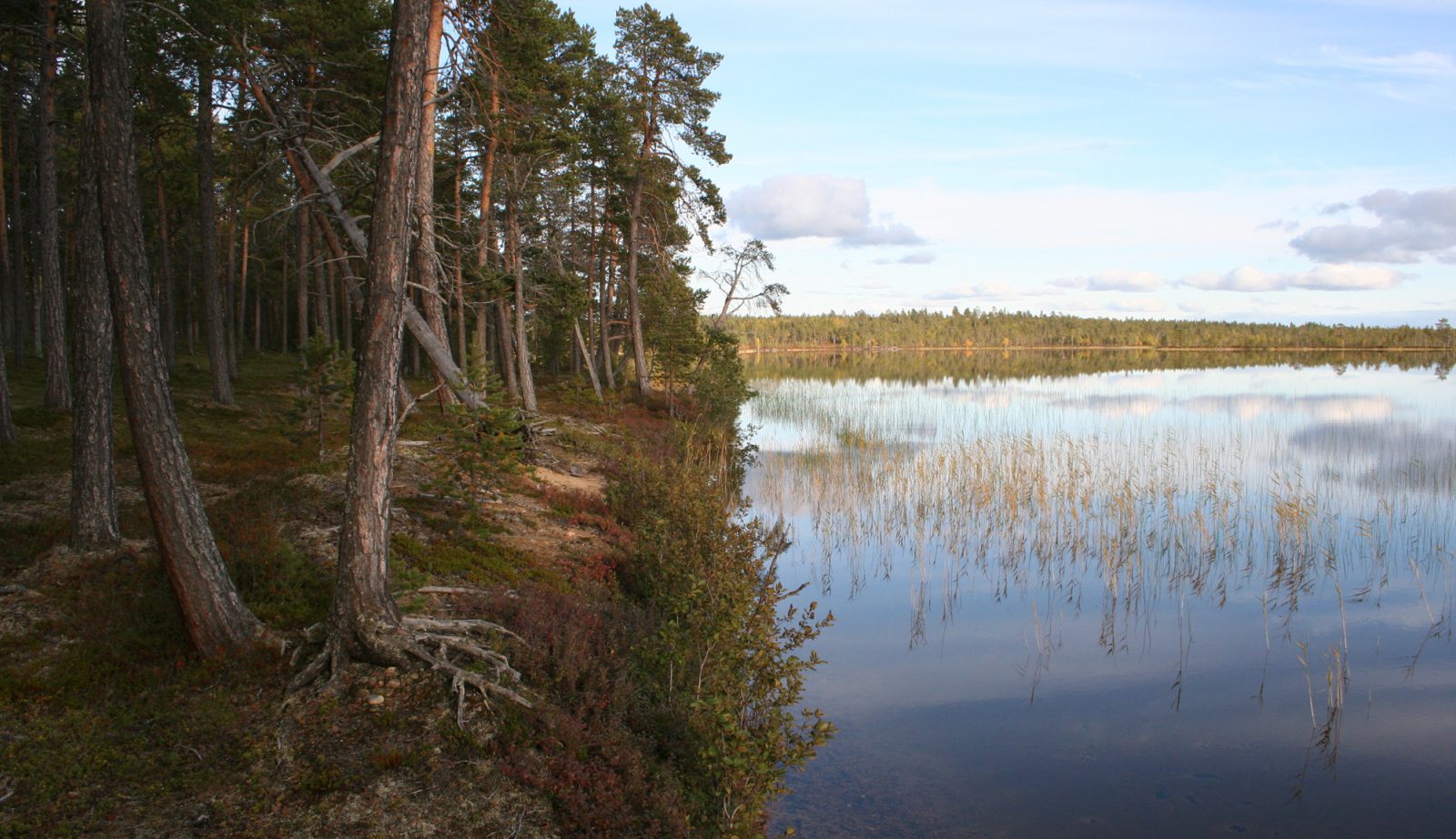
Permanent and temporary living areas
Archaeological sites related to permanent and temporary living are found all over Finland. In the cool and wet climate, people had to build either permanent or temporary dwellings for themselves and their animals. A prehistoric and historical dwelling site can often be recognised only based on the archaeological discoveries made there. During the historical period, the population has typically been centred in towns and villages, referred to in preserved written sources and old maps. Many dwelling sites are connected to secondary livelihoods. For example, tar burning, hunting and summertime cattle herding required a long-term stay near where these activities took place. Foundations of buildings and ovens visible in the ground reveal these places. In addition, humans have also left behind traces of more short-term stays. Remains of a simple fire can be the only sign of an overnight campsite.

Burial
A burial means placing a deceased person to a permanent or temporary grave. The most common burial methods are cremation and ground burial. Graves could be temporary, such as summer graves, where the deceased waited to be transported to an actual graveyard. On the other hand, epidemics and war-related events might have resulted in larger mass graves. The period-specific main groups are formed, firstly, by prehistoric burials with varying grave structures and burial objects and, secondly, by the non-cremated deposits from the late Iron Age and similar deposits from the historical period that were based on the Christian tradition. The archaeological sites related to burials include Bronze Age burial cairns, Iron Age cremation cemeteries under level ground and Medieval cemeteries.
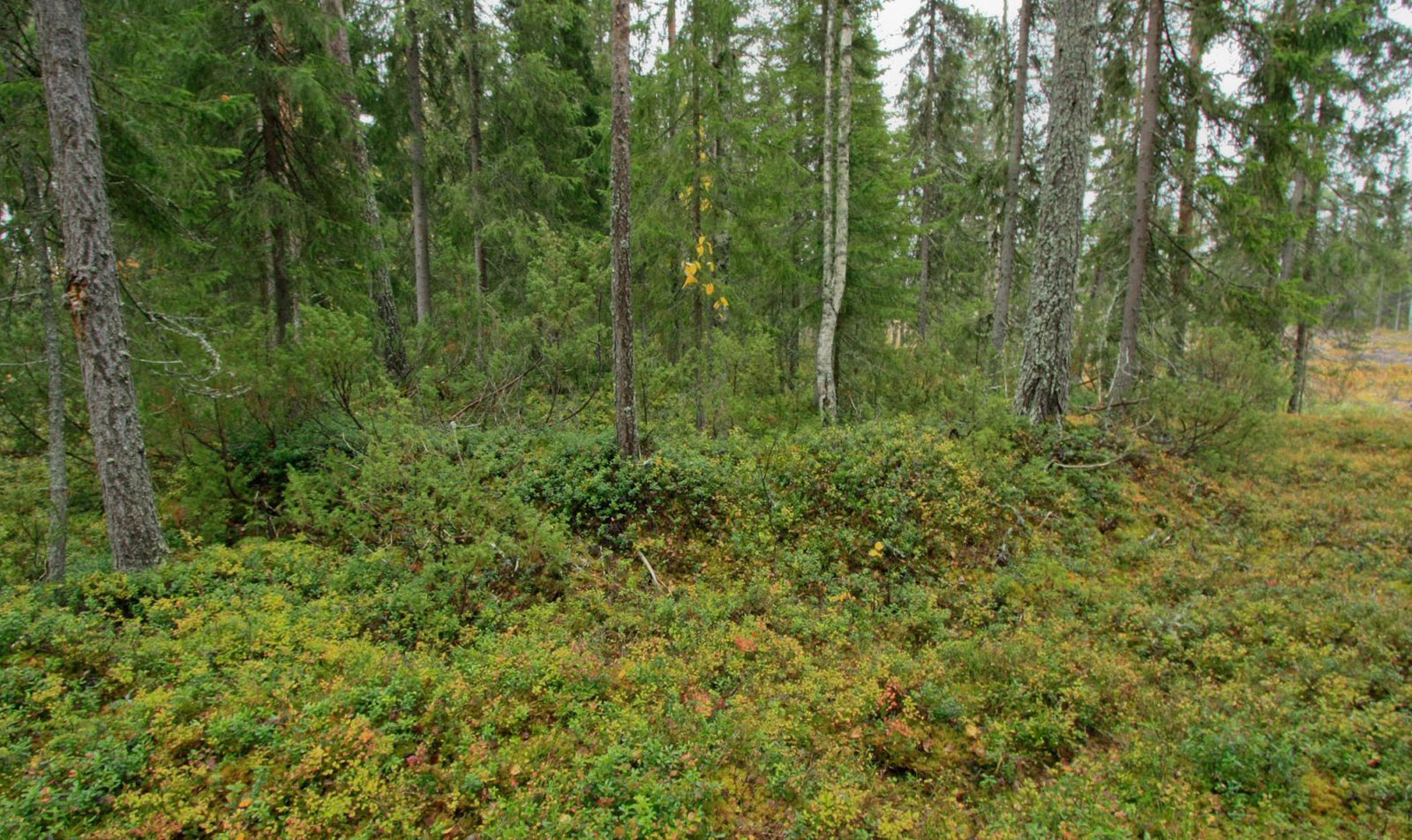
Sources of livelihood
Signs of primary and secondary livelihoods related to the acquisition of food and income can be seen in the landscape as the archaeological cultural heritage of the prehistoric and historical eras. The primary sources of livelihood and their related secondary sources have changed over time, as people have gradually moved from hunting to agriculture and on to industrial culture. Simultaneously, the primary sources of livelihood have often become secondary. Activities involved in the primary sources of livelihood often took place close to the dwellings, while the secondary sources were located further away in the forests. Hunting, fishing and gathering has resulted, for example, in remains of hunting and fishing dwellings, while the agricultural remains (land cultivation, animal husbandry) include abandoned villages and cabins with their fields. Service provision (handicrafts) is evident in the landscape in the form of ruined workshops and mills, trade as abandoned market places and urban archaeological strata, and industry and professional manufacturing of goods as foundations of factories and iron works.
The archaeological entities related to the various sources of livelihood also include tar-burning pits, charcoal pits and plantation cairns.
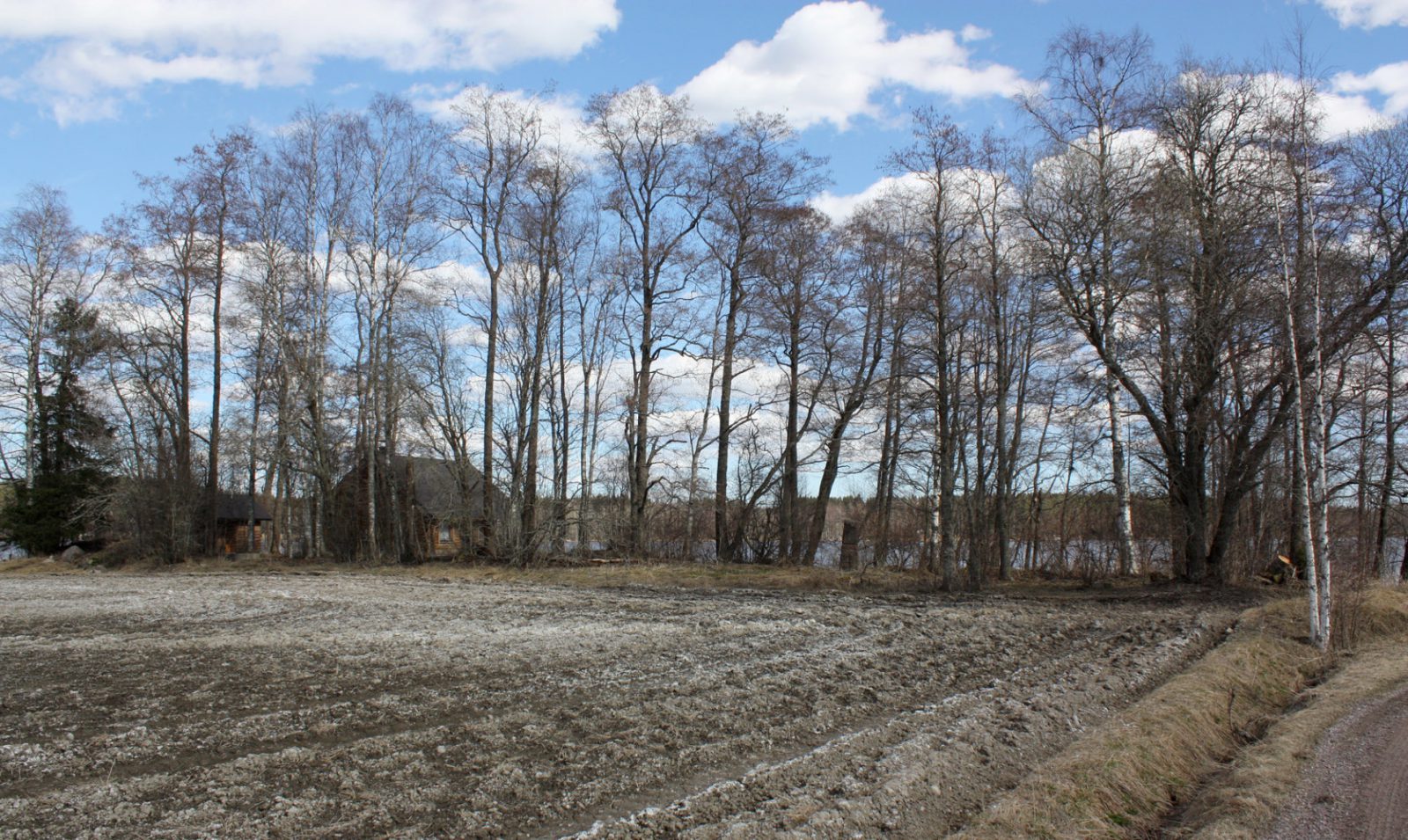
Industry
The archaeological cultural heritage of industry includes both the actual production plants and the remains of the related infrastructure, such as communities, raw material acquisition sites and transport routes. Industrial archaeology primarily studies production plants representing a technology that is either outdated or has completely disappeared. The majority of industrial archaeological research deals with phenomena from before the 20th century. Even relatively modern industrial sectors may change or disappear rapidly due to technological development or changes in the market. However, these phenomena are still being studied, at least for now, as built cultural heritage instead of from an archaeological perspective.
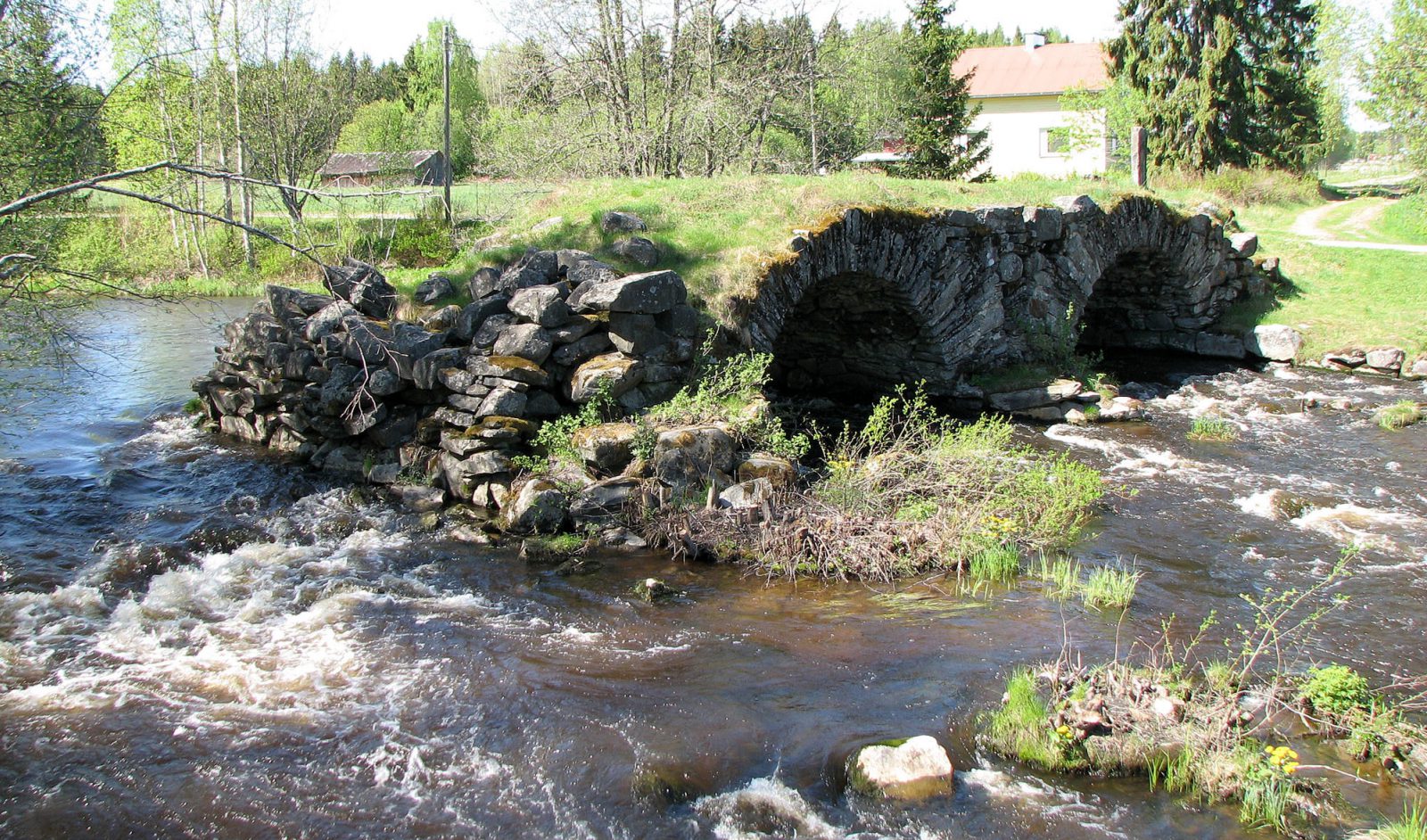
Transport and communication
Archaeological entities connected to ground, water and air transport as well as communication are common in Finland. Paths and waterways have been used since the prehistoric period. The construction of an extensive state-run, statutory road network began in Finland in the Middle Ages, but it did not reach the back country until the 20th century. Early on, village and church roads began forming alongside the public roads connecting the provinces. In addition, villages had their own path networks, related to the sources of livelihood in the area. Bodies of water have remained important transport routes from the prehistoric era to the 21st century. Railways appeared in the second half of the 19th century and aviation in the early 20th century to complement ground and water transport. Archaeological entities related to transport include disused Medieval roads, remains of bridges and shipwrecks. Archaeological entities related to communication, on the other hand, include ruins of post stations and optical telegraphy towers.
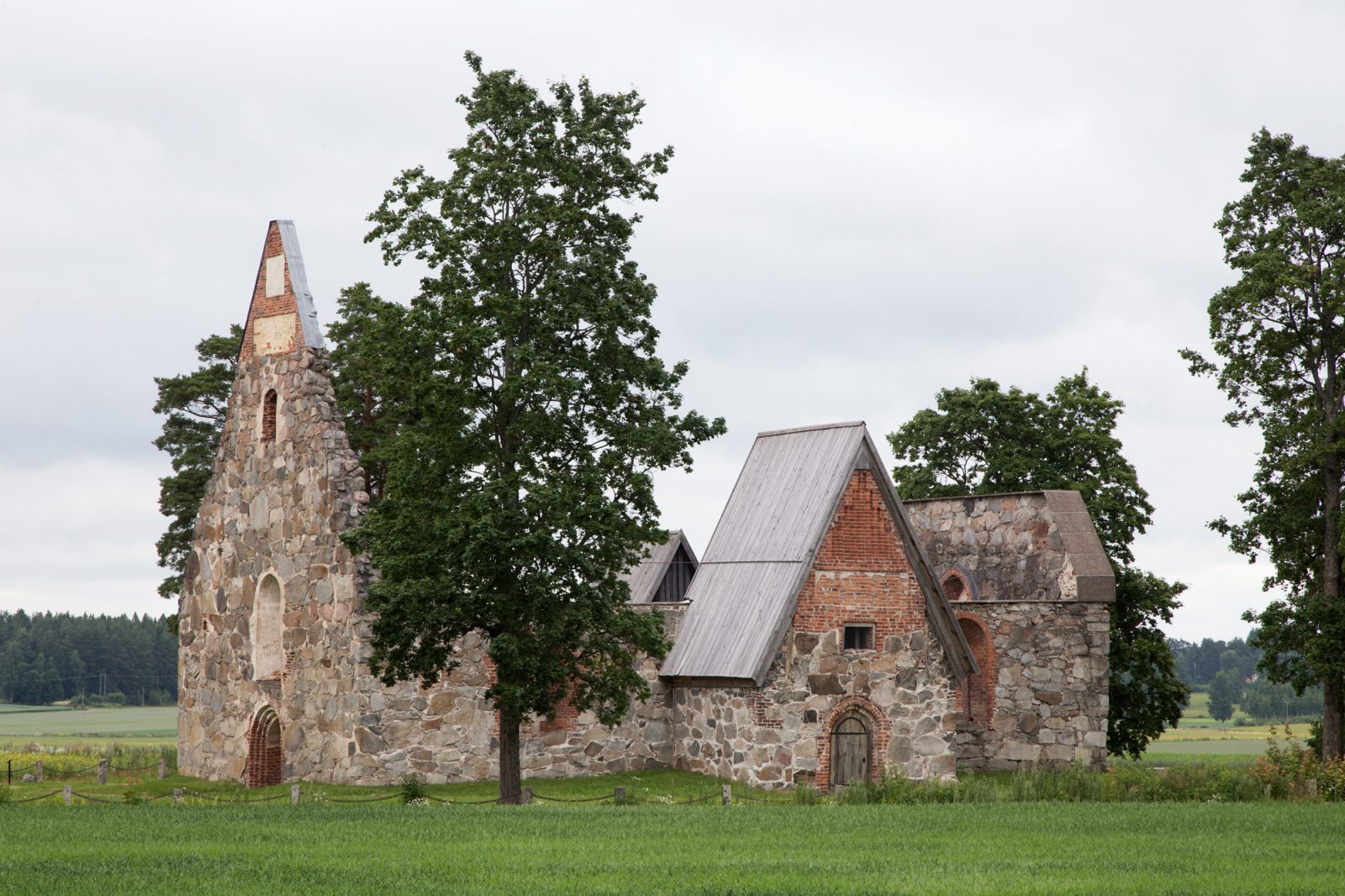
Religious practices
In addition to graves, other archaeological traces of religious practices also exist, related to both folk religion and Christianity. Archaeological entities connected to folklore range from the prehistoric period to the modern day. These include sieidis and sacrificial stones. Traces of Christianity begin to appear as influences spreading from the west and east from the late Iron Age onwards. Different Christian denominations with their special characteristics have created unique and easily identifiable archaeological cultural heritage. According to current research, the institutional Catholic Church, led from top down, arrived in western Finland in the 12th century. At the same time, the Orthodox Church was spreading in eastern Finland to a certain extent. During the Reformation in the 16th century, the Catholic Church was supplanted by Protestantism. The ecclesiastical archaeological entities include the ruins of Medieval churches and monasteries.
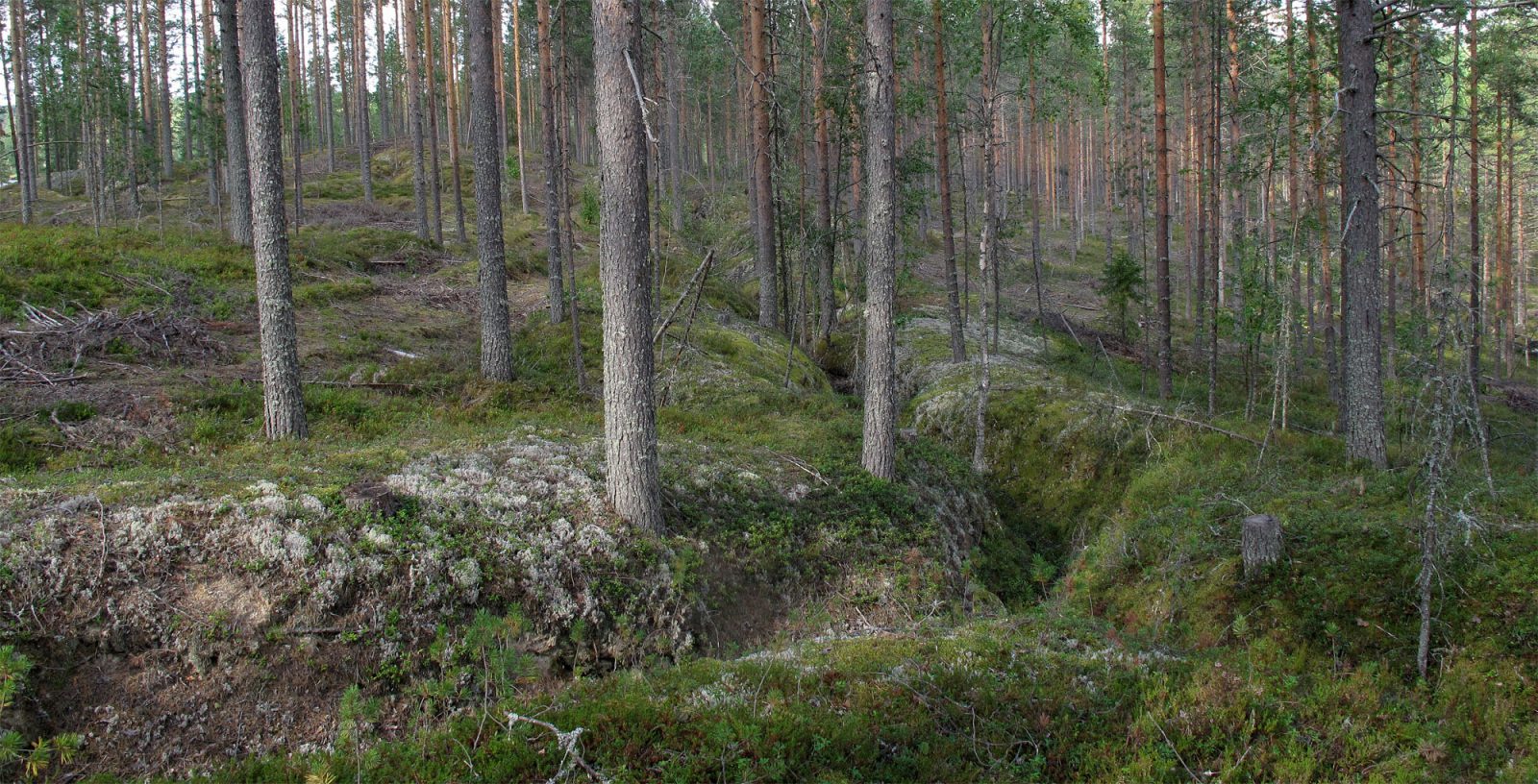
Defence and war
Fortifications have been constructed since the prehistoric era in order to defend regions and specific locations. War refers to military operations, such as battles. The most clearly defined period-specific archaeological groups among different defence structures are the prehistoric forts, the castles dating to the Middle Ages and the beginning of the modern era, the 18th-century bastion forts, and the modern defences from World War I and II. The historical period’s defence structures can roughly be divided into fortifications built for a temporary purpose (e.g. castelets, modern field fortifications) and permanent castles, forts and defences (e.g. Medieval castles, 18th-century bastion forts, modern permanent fortifications).
Where to find information?
The Ancient Relics Register maintained by the Finnish Heritage Agency contains the basic information about the stationary relics protected by the Antiquities Act and information about other archaeological entities in continental Finland. Links to research and discoveries connected to these entities are also included. The register is continuously being updated.
The Ancient Relics Register is available to all via the Kulttuuriympäristön palveluikkuna (‘Cultural environment service window’, in Finnish) managed by the Finnish Heritage Agency. The information is intended to provide an overview of the cultural environment. If relic information is needed for official or planning purposes, the concerned party should contact the Finnish Heritage Agency or the provincial museums that participate in the ancient relics’ management. The location data of the sites listed in the Ancient Relics Register can be downloaded for free from the Finnish Heritage Agency’s download service.
The most extensive and detailed information on the discovery locations of relics and artefacts can be found in the Finnish Heritage Agency’s archive. The information in the archived research reports can be browsed and the digitised reports downloaded via the Cultural environment service window at the cultural environment study reports’ database (Kulttuuriympäristön tutkimusraportit, in Finnish). The service window also contains digitised discovery catalogues.
Arkeologisen kulttuuriperinnön opas (‘Guide to archaeological cultural heritage’, in Finnish) provides additional information on what archaeological cultural heritage means in Finland and what type of entities it consists of. The guide gives valuable descriptions on what these entities look like in the field.
Links:
The Antiquities Act
Arkeologisen kulttuuriperinnön opas (‘Guide to archaeological cultural heritage’, in Finnish)
Arkeologiset kohteet kulttuuriympäristön palveluikkunassa (‘Archaeological sites and objects in the cultural environment service window’, in Finnish)
Arkeologiset tutkimusraportit kulttuuriympäristön palveluikkunassa (‘Archaeological research reports in the cultural environment service window’, in Finnish)